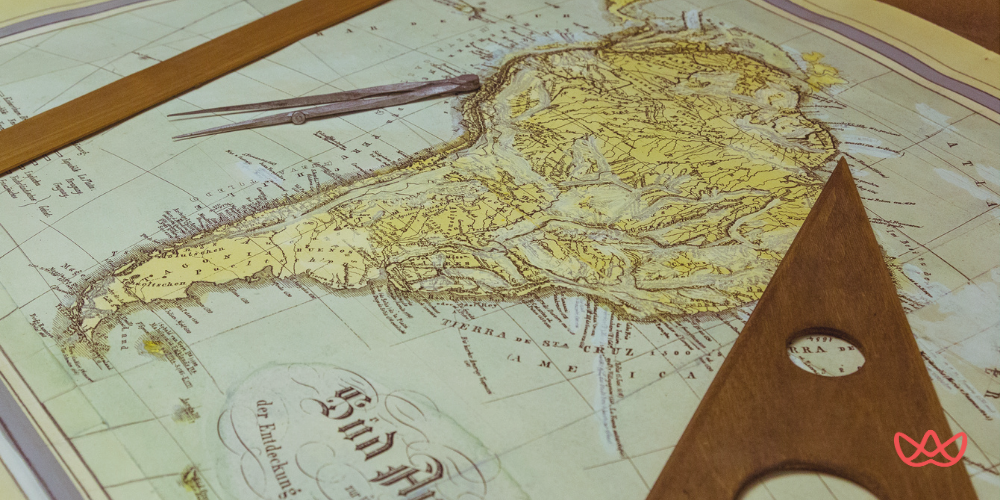What is a UX/UI Designer?

A UX/UI designer combines function with form. UX (user experience) focuses on how users interact with a product, while UI (user interface) focuses on the look and feel. Together, these roles create user-friendly digital experiences across applications, websites, and platforms. When creating your resume, make sure to reflect both aspects clearly by following a strategic UX/UI designer resume template.
How to Write a UX/UI Designer Resume
An effective resume should reflect your design thinking. Here’s how to structure it like a user-centered experience:
1. Read the Job Description Thoroughly
Tailoring your resume to the job description will help you highlight the exact skills and tools the employer is looking for. Look for keywords such as “prototyping,” “user research,” or “figma,” and naturally include them where relevant.
2. Research the Employer
Understanding the company’s design culture, values, and product focus can help you align your resume and portfolio with what they care about most.
3. Include Your Contact Information
Place your name, phone number, professional email, LinkedIn, and portfolio link at the top. Make it easy for recruiters to reach you and explore your work.
4. Write a Resume Summary
Use 2–3 lines to highlight your experience level, specialties, and what you bring to the table. Think of this section as a quick pitch to grab attention.
5. List Your Education
Include relevant degrees, design boot camps, or certifications. If your background isn’t directly in the design, highlight transferable skills or relevant coursework.
6. Outline Your Experiences
Within your UX/UI designer resume template, the experience section should showcase your ability to solve problems, work in teams, and improve user journeys. Use action verbs and real results—quantify them when you can.
7. Highlight Your Skills
List both technical tools (such as Sketch, Figma, and Adobe XD) and soft skills (such as collaboration, problem-solving, and empathy). Keep the list brief and relevant to the role.
8. Consider Additional Information
Certifications, awards, side projects, and freelance work can show initiative and scope. If you’ve contributed to open-source design or led a community project, it’s worth mentioning.
9. Edit and Format Thoroughly
Make sure your resume is visually clean and easy to read. Stick to one page if possible and use consistent typography and spacing. Consider it your first design test.
UX/UI Designer Resume Template
Resume Example for a UX/UI Designer
[Your Full Name]
[Phone Number] | [Email] | [LinkedIn] | [Portfolio Link]
Summary
Creative UX/UI designer with [X] years of experience creating user-centered designs for web and mobile. Skilled in design systems, wireframing, and improving user engagement through thoughtful interfaces.
Skills
– Figma, Sketch, Adobe XD
– User flows & wireframes
– HTML/CSS (basic)
– Design systems
– User testing & prototyping
Experience
UX/UI Designer | [Company Name] | [Start – End]
– Led redesign of e-commerce flow, resulting in a 20% increase in conversions
– Collaborated with product and dev teams to ship mobile-first features
Education
B.A. in Graphic Design | [University Name] | [Year]
UX/UI Certificate | [Institution or Platform]
Extras
– Google UX Design Certificate
– Design mentor at ADPList
FAQs About UX/UI Designer Resumes

How Do You Make a UX/UI Designer Resume Stand Out?
Use a clean layout, tailor content to the job, and include links to your portfolio. Emphasize results and collaboration to show the impact of your work.
What Skills Should I List on My UX/UI Designer Resume?
Include tools such as Figma, Adobe XD, and Sketch. Add user research, prototyping, responsive design, and communication skills.
How Do You Format a UX/UI Designer Resume?
Keep it clean, easy to read, and structured with clear headings. Use bullet points and avoid clutter, treat it like a mini design project.
What is the Job Description of a UX/UI Designer?
A UX/UI designer is responsible for creating intuitive interfaces that deliver seamless digital experiences. The role involves user research, wireframing, visual design, and collaboration with developers.
How Do You Write an Objective for a UX/UI Designer
Focus on your goals and the value you bring. For example:
“To contribute user-centered design solutions that enhance digital experiences and solve real-world problems in a collaborative environment.”








